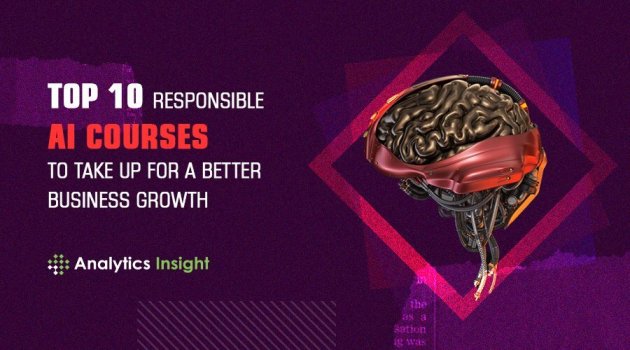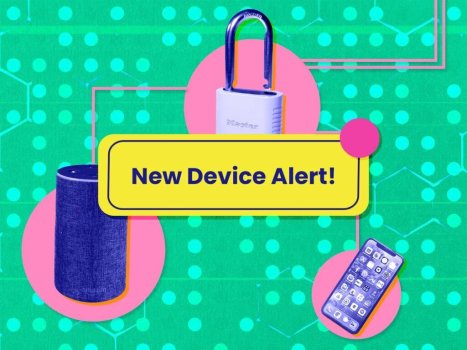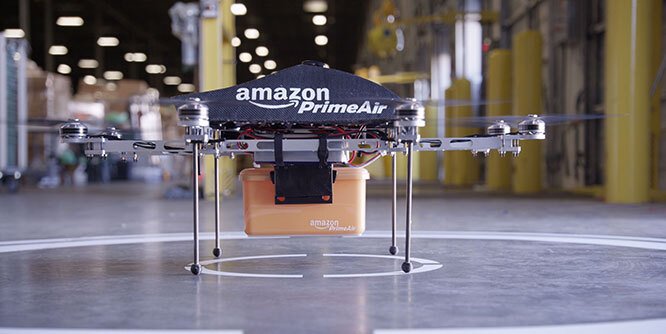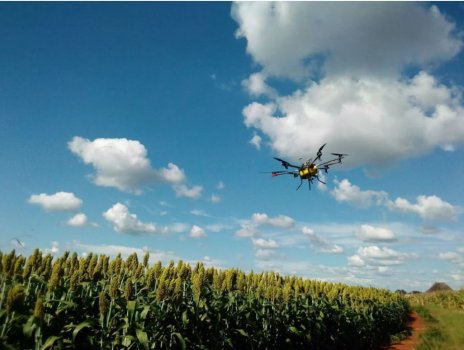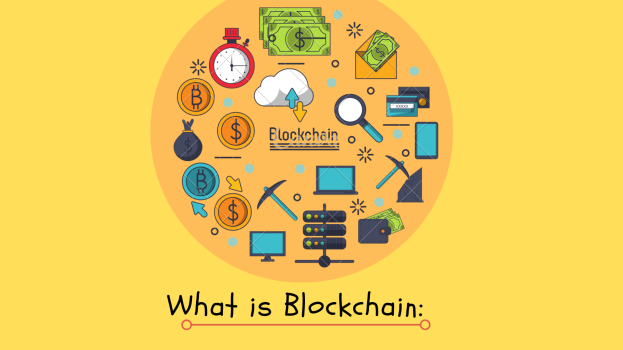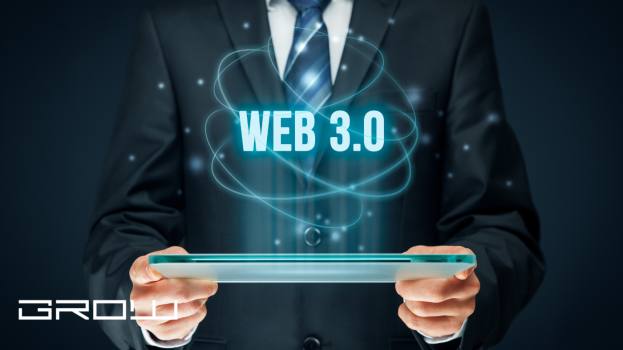Can AI help cyber-proof public safety systems?
- Technology Solutions
- 0 Replies
Our first responders have used established wireless modes of communication to address emergencies for the past two decades. Robots are now joining the effort. As we continue to augment public safety agencies around the world with semiautonomous technologies, do we fully understand how this shift invites additional risk?
Robots are increasingly used to safeguard communities. The Department of Homeland Security’s Science & Technology Directorate, for example, is working closely with the Department of Customs and Border Protection (CBP) to develop technologies meant to safeguard our national borders. “The southern border can be an inhospitable place for man and beast, and that is exactly why a machine may excel there,” says S&T program manager Brenda Long in an article newly released by the U.S. Department of Homeland Security.
This program aims to minimize the safety and security risks facing CBP agents by introducing robotic assistants and autonomous all-terrain ground vehicles to southern border patrols. While such advances might allow us to enhance border safety, they need a robust cellular network that can ensure continued data communication during emergencies.
To this end, the U.S. Government launched the FirstNet Initiative to modernize the cellular communication infrastructure for first responders. FirstNet was first proposed in the wake of 9/11 and now provides a nationwide public safety broadband network.
Continue reading: https://www.securitymagazine.com/blogs/14-security-blog/post/97442-can-ai-help-cyber-proof-public-safety-systems
Robots are increasingly used to safeguard communities. The Department of Homeland Security’s Science & Technology Directorate, for example, is working closely with the Department of Customs and Border Protection (CBP) to develop technologies meant to safeguard our national borders. “The southern border can be an inhospitable place for man and beast, and that is exactly why a machine may excel there,” says S&T program manager Brenda Long in an article newly released by the U.S. Department of Homeland Security.
This program aims to minimize the safety and security risks facing CBP agents by introducing robotic assistants and autonomous all-terrain ground vehicles to southern border patrols. While such advances might allow us to enhance border safety, they need a robust cellular network that can ensure continued data communication during emergencies.
To this end, the U.S. Government launched the FirstNet Initiative to modernize the cellular communication infrastructure for first responders. FirstNet was first proposed in the wake of 9/11 and now provides a nationwide public safety broadband network.
Continue reading: https://www.securitymagazine.com/blogs/14-security-blog/post/97442-can-ai-help-cyber-proof-public-safety-systems




